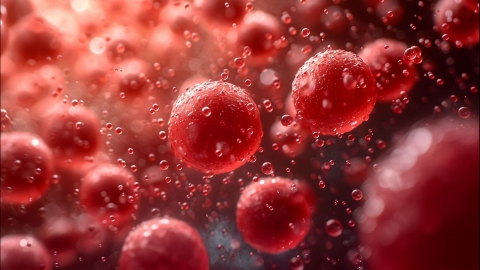How high should CRP be to suspect a tumor?
Generally, there is no fixed CRP value that serves as an absolute standard for suspecting tumors. However, if CRP levels persistently exceed 10 mg/L, and common factors such as infection and inflammation have been ruled out, or if there is a significant and unexplained increase, tumor-related possibilities should be considered. Detailed analysis is as follows:

CRP levels may mildly or moderately increase in most cancer patients. In some cases of advanced tumors or tumors accompanied by infection or tissue necrosis, CRP levels may exceed 30 mg/L or even higher. However, this elevation is not exclusive to tumors and cannot be used alone to determine the presence of cancer. A comprehensive evaluation combining other test results is necessary.
When elevated CRP levels are accompanied by symptoms such as rapid weight loss, unexplained pain, or abnormal lumps in the body, and if the levels do not decrease but continue to rise even after standard anti-infective or anti-inflammatory treatment, the likelihood of cancer increases. Further tumor-related screening should be conducted at this point to clarify the body's condition.
Elevated CRP levels mainly indicate an abnormal condition in the body and cannot be used alone as a basis for diagnosing cancer. When abnormal values are detected, self-diagnosis should be avoided. Comprehensive examinations should be completed under the guidance of a physician, and the cause of the abnormality should be determined through multiple sources of information to avoid delays in subsequent management.







